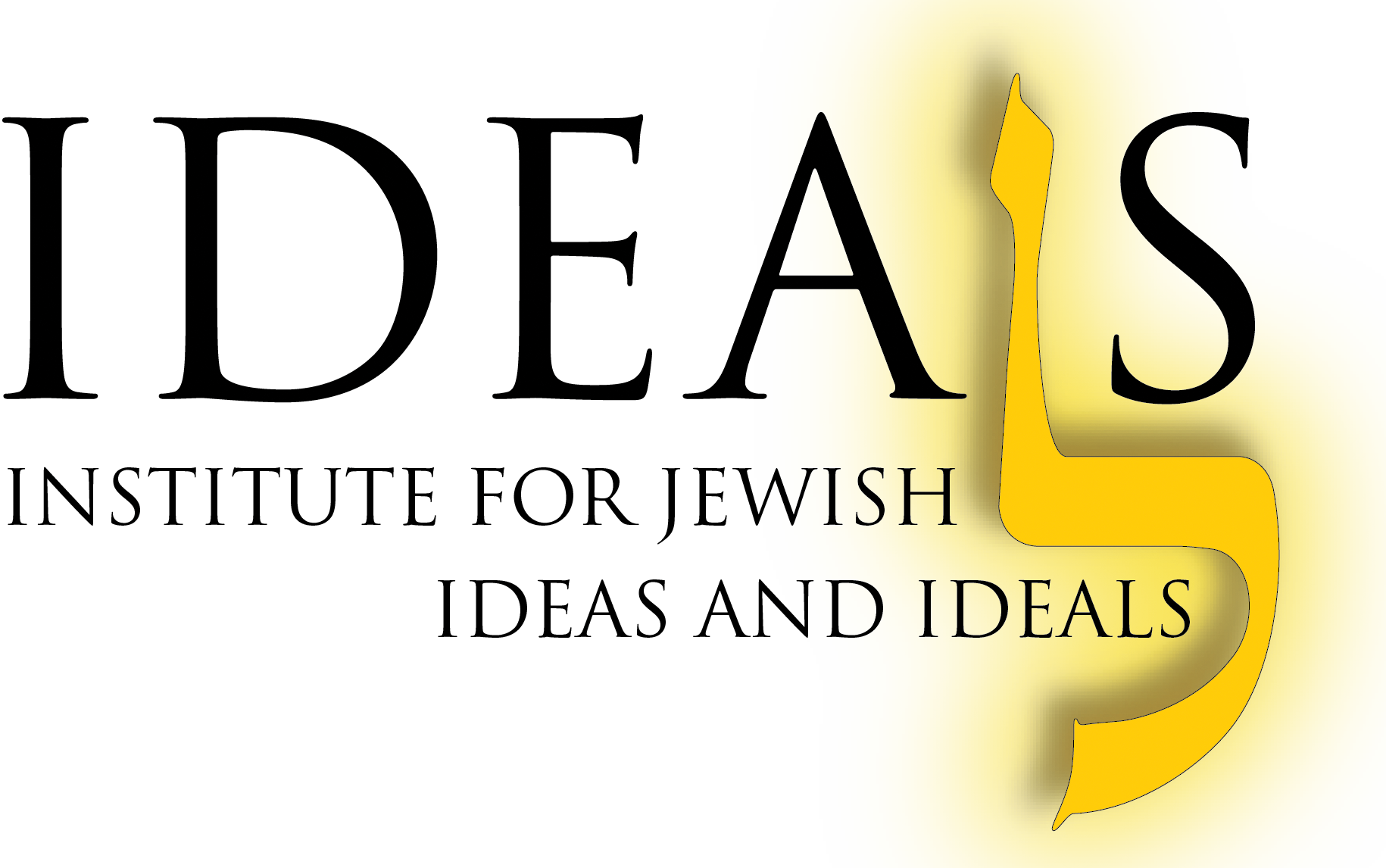Major Developments in Jewish Life over the Past 50 Years
Rabbi Jeremy Rosen is a graduate both of Cambridge University and Mir Yeshivah in Jerusalem. He worked in the Orthodox rabbinate and Jewish education in the United Kingdom before retiring to New York where he teaches, lectures, and writes. He is the rabbi of the Persian Jewish Community in Manhattan. This article appears in issue 25 of Conversations, the journal of the Institute for Jewish Ideas and Ideals.
Introduction
